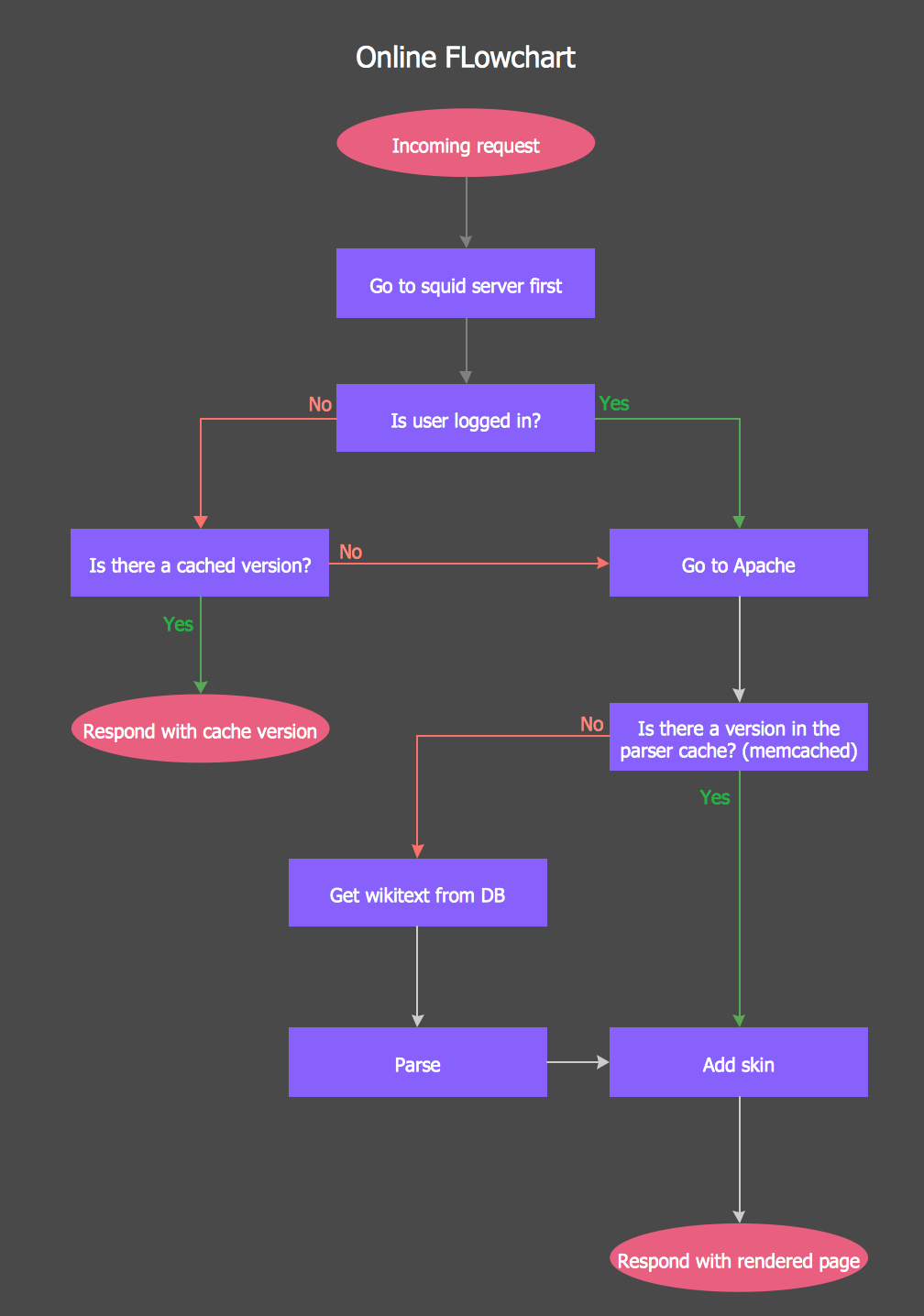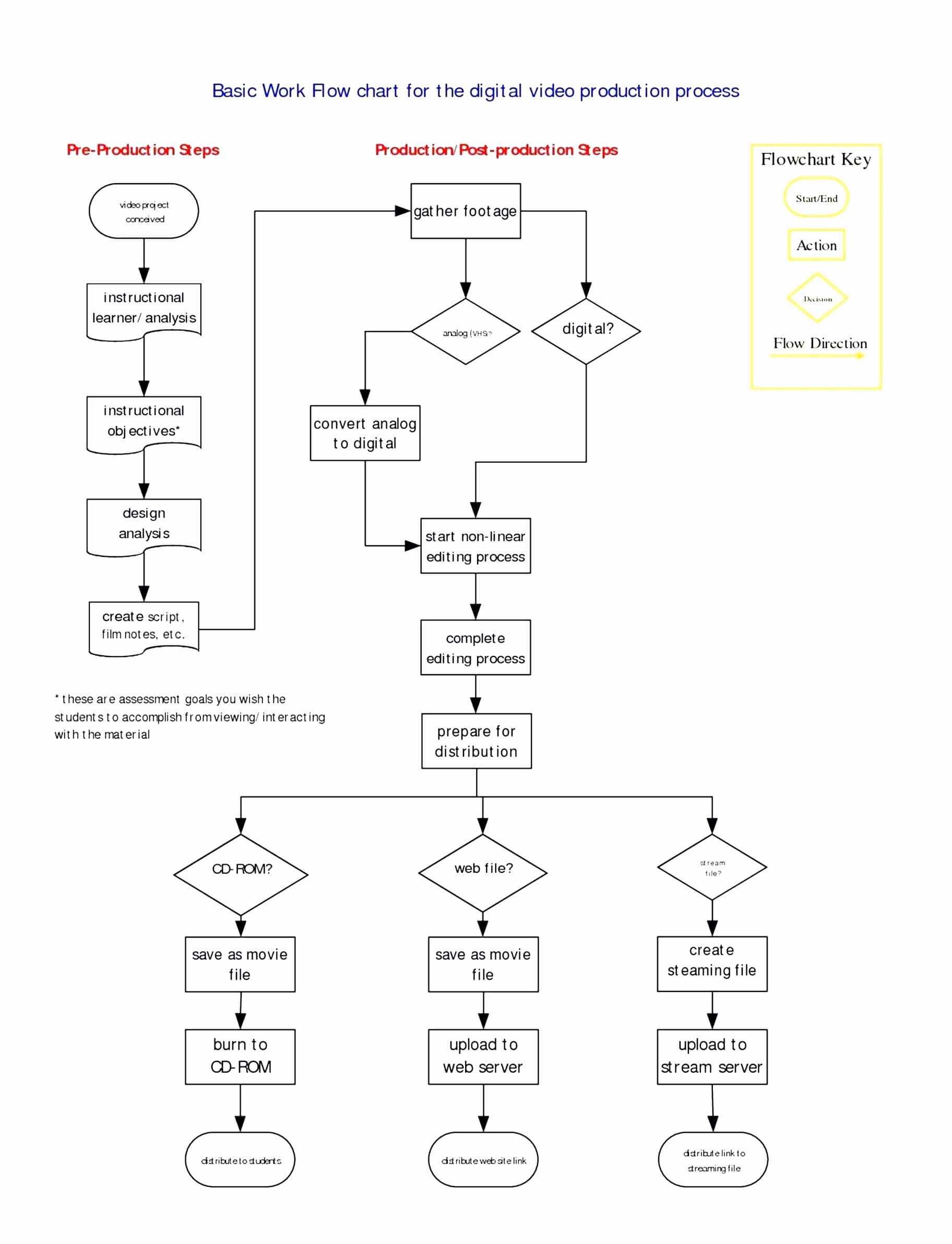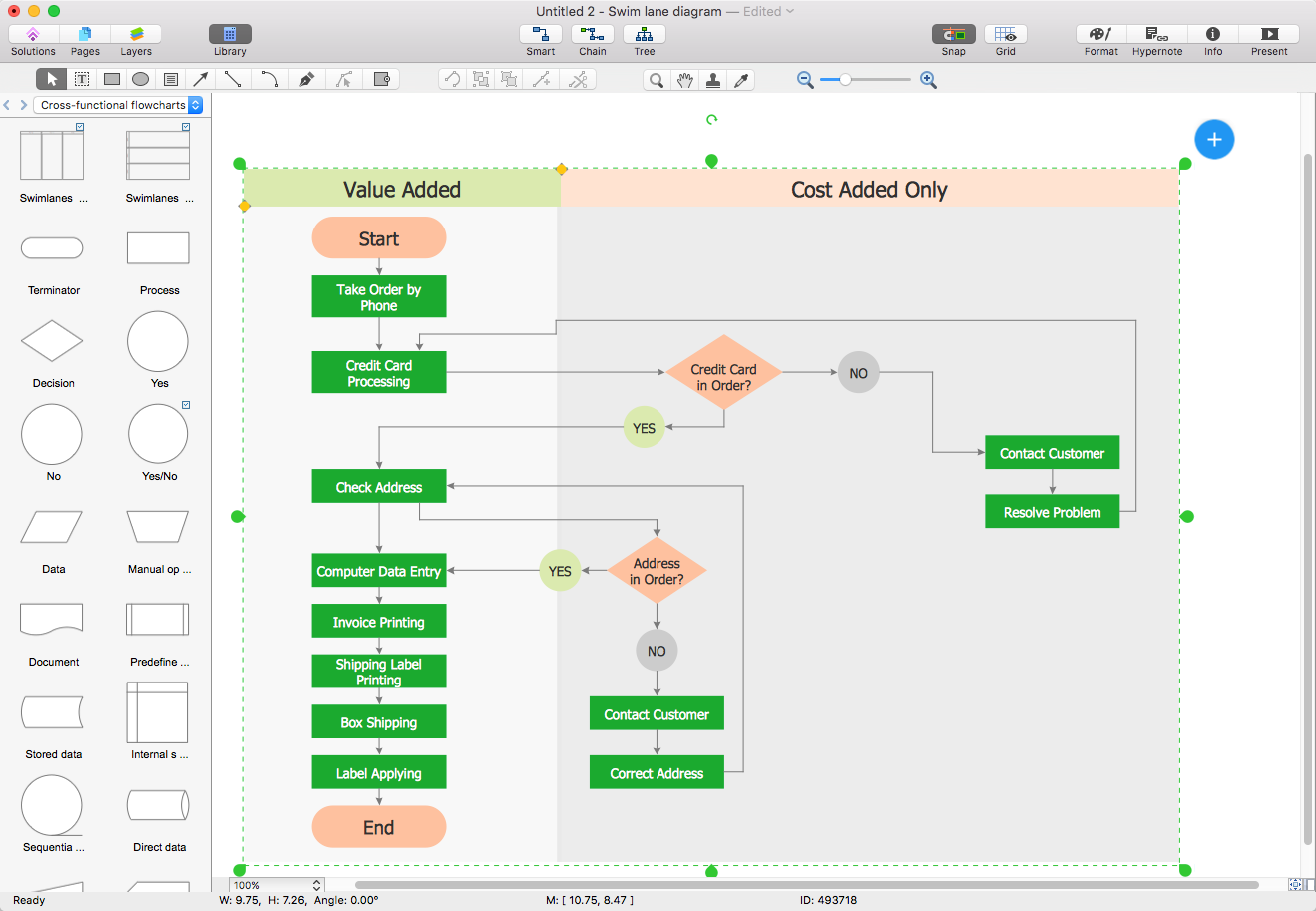


There are two types of connectors.įloating connectors - These move around the perimeter of your shape as you move it around the drawing canvas, or change the route that the connector takes.įixed connectors - These stay attached to a fixed point on your shape, even when you move the shape around the drawing canvas. Follow the steps below to draw a new connector so it goes in the right direction.Ĭonnectors are lines that connect your shapes together and may or may not have arrows at one or both ends. If one of the connectors, the arrows between the shapes, is going in the wrong direction, you can select and delete it, just like a shape. Drag the rotate grab handle (the round arrow) at the top right corner of the shape to rotate the shape around its center point.ĭelete - Select a shape, then press Backspace or Delete, or click on the Delete tool in the toolbar. Hold down Control when you resize shapes to keep them centered. Drag any of the round 'grab' handles to make the shape smaller or larger. Move - Select and drag a shape that is on the drawing canvas to another position. To select multiple shapes, hold down Shift or Cmd and click on them. The Flowchart shape library is now available in the left panel. Click on the checkbox next to the Flowchart shape library's name to enable it.Click on More Shapes at the bottom of the left panel.In addition to the shapes in the General and Advanced shape libraries, you can use shapes from the Flowchart shape library. Rectangle with a wavy bottom line - Documents that are produced as a result of a process step.Cylinder - Disk drives, used to indicate that data is stored during that step in the process.Parallelogram - Input or output, where your process needs or gives information to an external party or system.Circle or oval - Optional start and stop points in your process.Diamond (rhombus) - Decisions, usually yes/no questions, that split the process into two or more branches.


Drag a shape from the shape library and hover over an existing shape until you can see the four direction arrows.Click on one of the shapes, then select a shape to add and connect it in that direction. Hover over the first shape you placed to see the four direction arrows.Drag a rectangle from the General shape library to a specific position on the drawing canvas.Īdd more shapes - Use one of the following methods to add extra shapes to represent the next steps in your process.Double-click on an empty area on the drawing canvas and select a rectangle shape.Click on a rectangle in the General shape library to add it the drawing canvas.Rectangles represent the steps in your process. There are a number of different ways to add shapes to the drawing canvas in .Īdd the first step - Use one of the following methods to add a rectangle to the drawing canvas. In the template manager, enter a filename for your flow chart, ensure Blank Diagram is selected, then click Create.Note: You can select another location to store your diagram file, but you may be prompted to grant permission if you select a cloud storage platform. Select Device to save your flow chart to your device.There are many different types of flow charts, ranging from the very simple to complex, including process flow and workflow diagrams, decision trees, data flow diagrams, swimlane flow charts andįollow the tutorial below to create and style a basic flow chart and learn to use the editor. The shapes and very short labels let readers quickly understand what they need to do.
Online flow chart creator how to#
One of the easiest ones to start with to learn how to use the diagram editor is a basic flow chart which documents a process.įlow charts let you visually describe a process or system. You can create many different types of diagrams with. Modified on: Wed, 23 Dec, 2020 at 5:11 PM


 0 kommentar(er)
0 kommentar(er)
